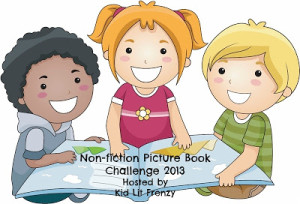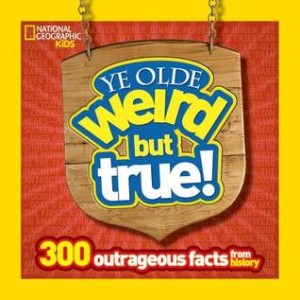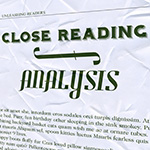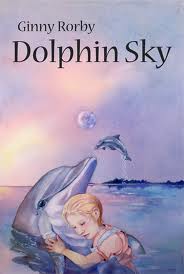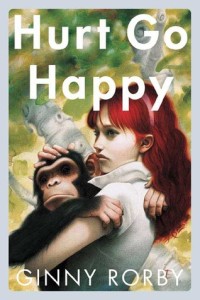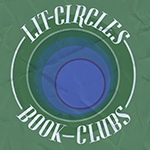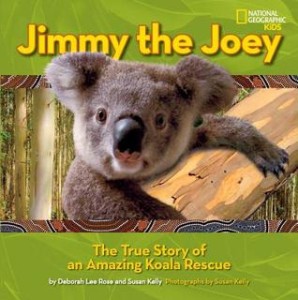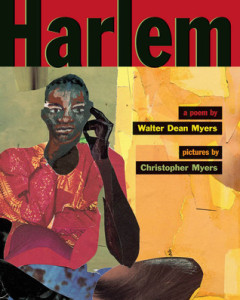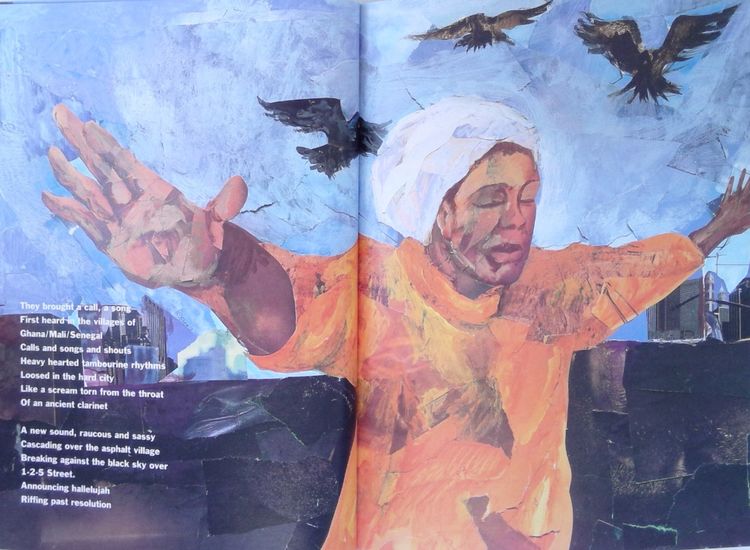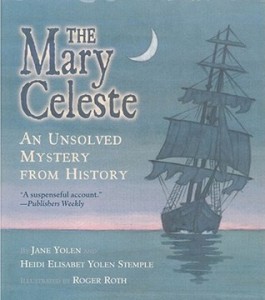Nonfiction Picture Book Wednesday
Nonfiction Picture Book Wednesday is hosted by Kid Lit Frenzy and was started to help promote the reading of nonfiction texts. Most Wednesdays, we will be participating and will review a nonfiction text (though it may not always be a picture book).
Be sure to visit Kid Lit Frenzy and see what other nonfiction books are shared this week!
Ye Olde Weird but True!
Author: National Geographic Kids
Published October 8th, 2013 by National Geographic Children’s Books
Goodreads Summary: Nothing attracts young readers like the weird but true…especially when the weird truth is hundreds of years old. Ye Olde Weird But True, the newest addition to the blockbuster Weird But True series, is packed with 300 wacky facts for history lovers ages 6 and up.
In this latest addition to this phenomenal series, readers will have more zany fun, this time from the pages of history! Ye Olde Weird But True delivers 100 percent new content, with 500 more of the amazing facts and photos that kids just can’t get enough of.
My Review and Teacher’s Tools for Navigation: Students love these books (as do I)! They are fascinated with all of the facts and it causes such conversation in the classroom. What I would love to see done with them is take them beyond the just fun books that students read parts of and put aside. I can picture bringing out all of my Weird but True books and allowing students to choose a fact from them and researching the fact. They would then share their fact with the class—a little mini research project. I did this years ago with Sharks where I let them choose any facts or question about sharks, research, and share and it was a very successful project because everyone was so engaged. I could see the same thing happening with the Weird but True books because the students would be able to pick a topic that interests them. I can just picture one student researching using maggots to clean wounds in the 19th century while the student next to him researches Roy Chapman Andrews, the real Indiana Jones.
Discussion Questions: Find a Weird but True fact and research more information about it. After doing so, share with the class what you learned.
We Flagged: “The oldest known musical instrument is a 42,000-year-old flute made out of vulture bone.” (p. 38)
“One of the oldest maps in the world was drawn on a mammoth tusk.” (p. 110)
“French King Francis I once won a wrestling match against English King Henry VIII.” (p. 191)
Read This If You Loved: Any fact books, The Gruesome Truth About…. books
Recommended For:
